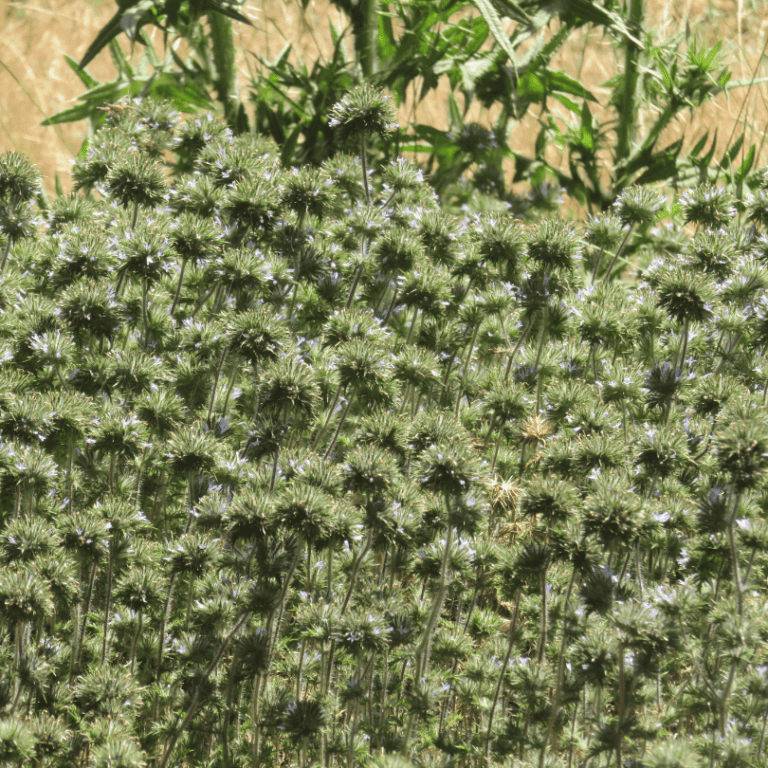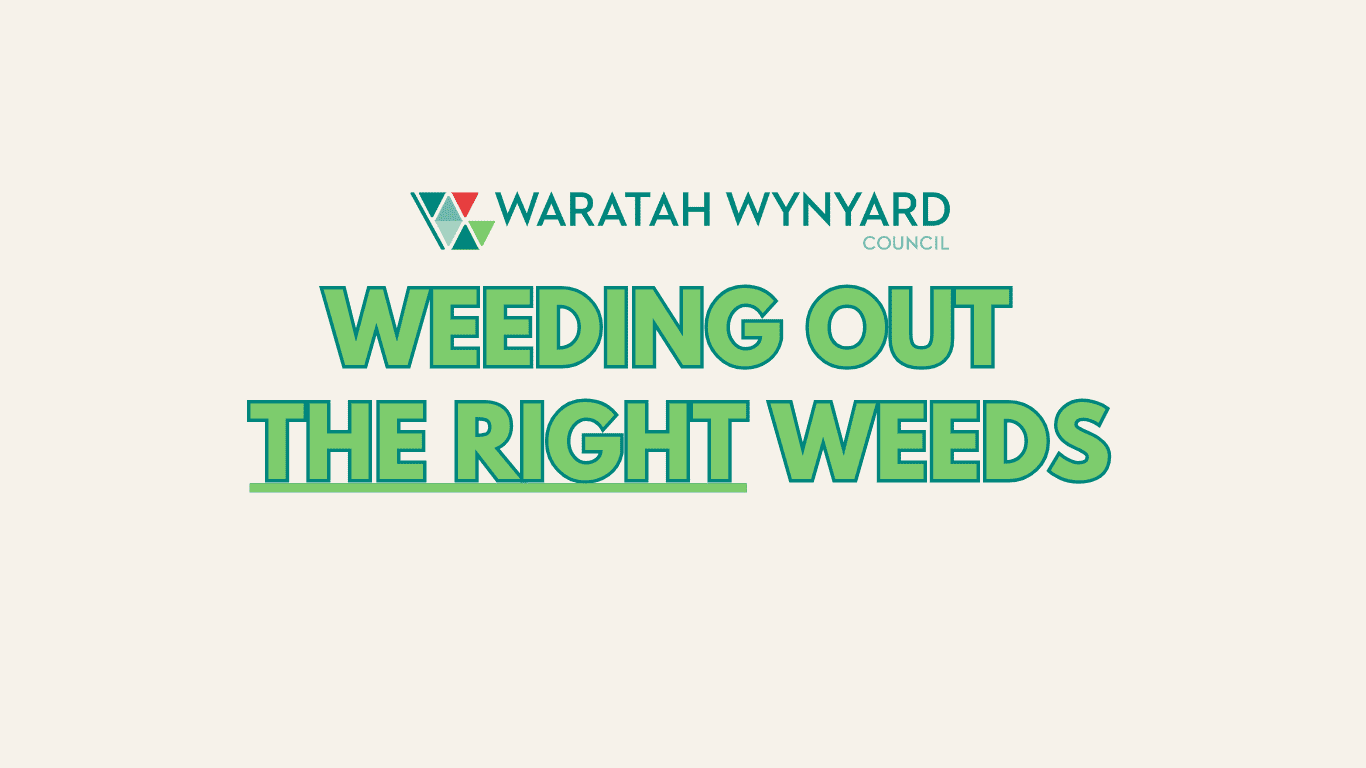
Waratah-Wynyard Council takes a proactive, evidenced based, and environmentally sustainable approach to weed management around our municipal area. Weeds can pose a serious threat to our region’s primary production or natural environment. This is why it’s so important to weed out the right weeds to minimise any negative impact they might have on the community.
When managed in correctly, weeds have the potential to:
- Spread rapidly,
- Pose fire risk,
- Reduce farm and forest productivity,
- Displace and degrade native species and communities,
- Contribute significantly to land and water degradation,
- Obstruct or restrict access,
- Impede on road or rail infrastructure.
Council uses the guidelines set out in the Biosecurity Act 2019 to identify and manage declared weeds. In addition, Council also works closely with other government and non-government stakeholders such as Biosecurity Tasmania and North West Weed Working Group (facilitated by Cradle Coast NRM) to ensure best practices are used and evidenced based approaches are tailored to the Waratah-Wynyard region.
Within 12 months of a plant being declared a weed, a Weed Management Plan must be drawn up. Weed Management Plans provide detailed information on the legal obligations for landowners for certain declared weeds. Once plants are identified as declared weeds, there will be restrictions on their trade, sale, import, movement and disposal.
Various plants around Tasmania are now declared weeds under the Biosecurity Act 2019. Council has created a Weed Out The Right Weeds – Infographic to help you identify some of these key weeds and understand the risks they present to the community. More information is also available at Council’s reception.
Weed Management on public property:
Only Council can manage weeds and overgrown vegetation on public land. Fines might apply if you remove vegetation from Council or Crown land without permission. Please contact Council’s reception to report any potential declared weeds or overgrown vegetation on public land.
Weed Management on private property:
The Biosecurity Act 2019 states that if you are a landholder, it is your responsibility to manage or eradicate declared weeds on your own property. Please contact Council if you are unaware of the correct process for identifying or removing certain weeds.
When declared weeks aren’t being managed correctly, Council will contact yourself, or the property owner if renting, to discuss a strategy for immediate and ongoing weed management.
Travelling interstate or overseas:
When traveling from interstate or overseas, it is important to check your belongings for any seeds, fruit or plant matter. Quarantine officials can also assist in checking your items when arriving in Tasmania.
How to control weeds:
Council’s Weed Management Strategy details our specific approach to weed management. However, here are some key steps Council recommends taking for successful weed control.
- Plan weed control activities carefully.
- Find out the different options for weed removal before starting.
- Make weed control activities strategic. For example, start in areas that have fewer weeds and gradually work towards the main infestation.
- Be prepared to sustain the effort. You could make the problem worse by clearing too much too soon and not doing enough follow-up work.
- Get adjacent land managers to work together with you to eradicate weeds.
Priority weeds for Spring/ Summer 2023:
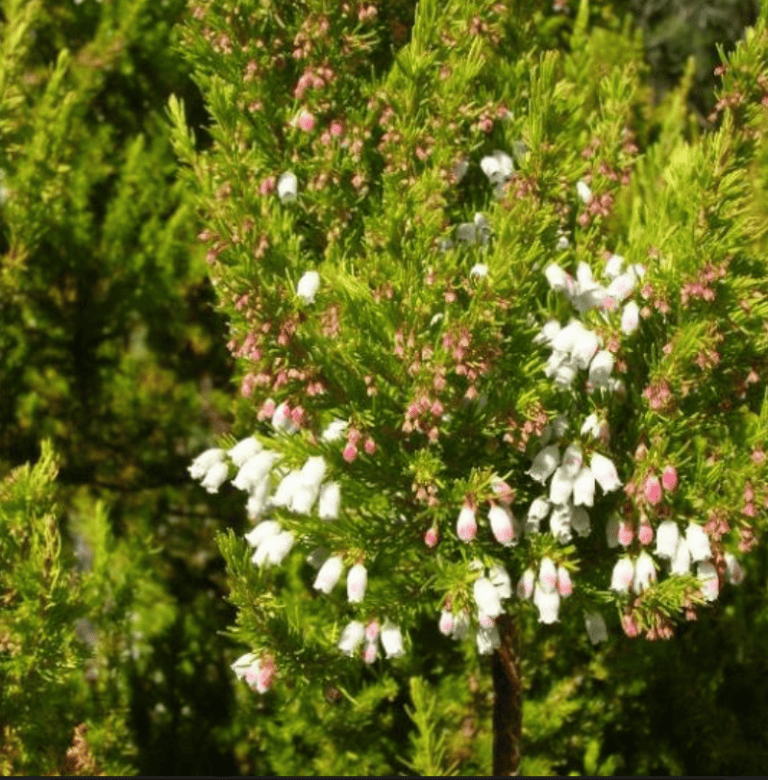
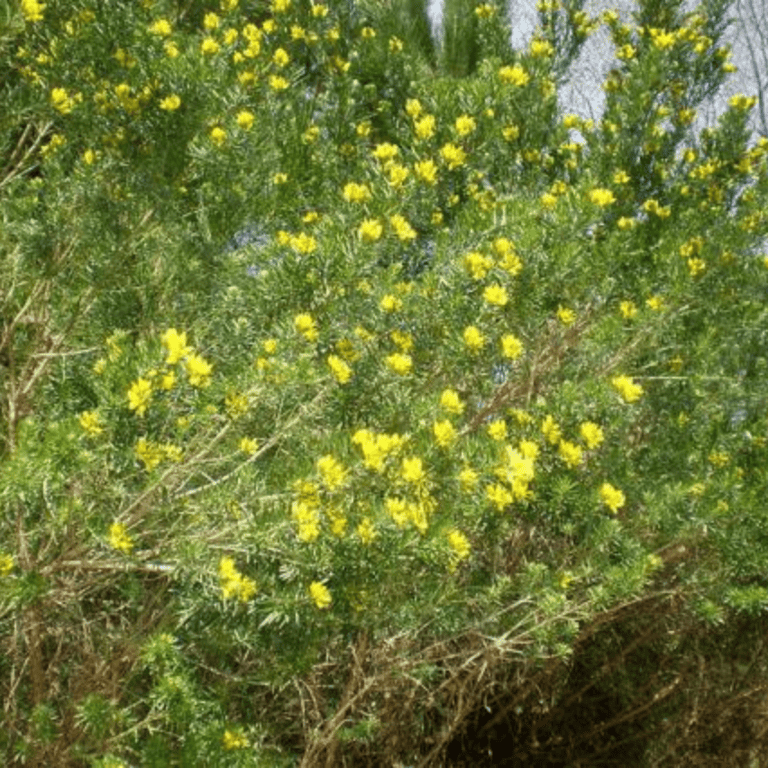
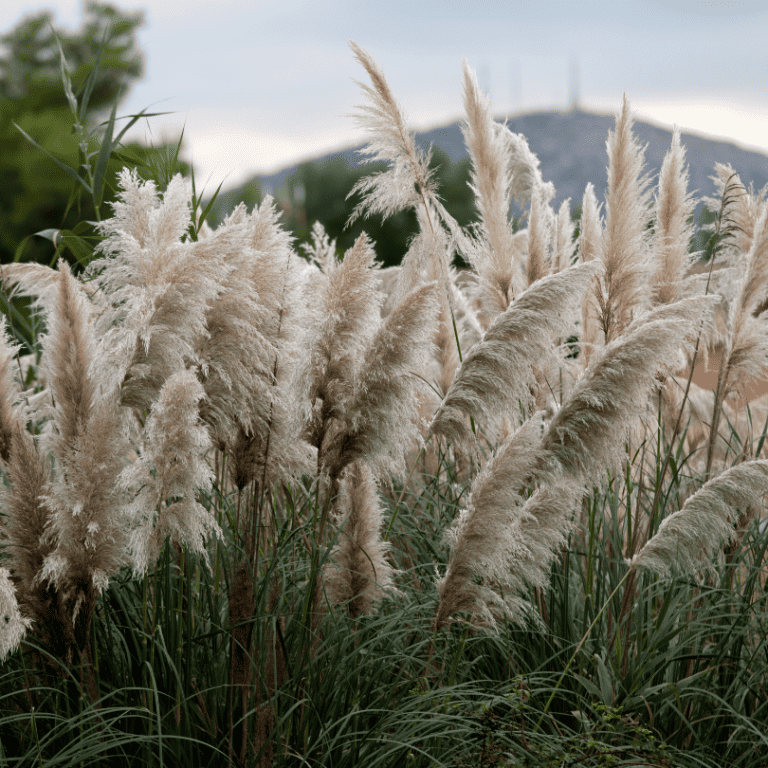
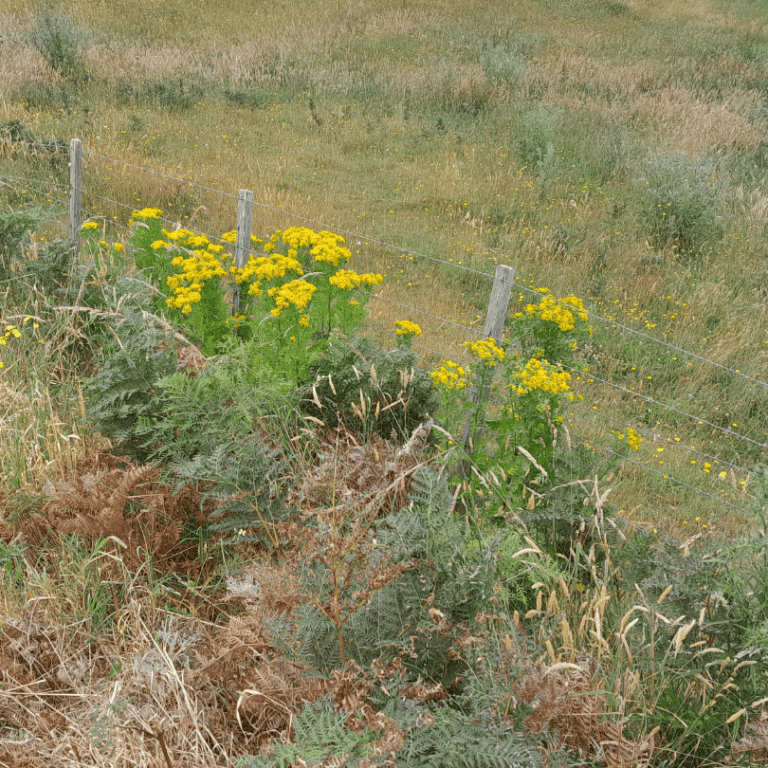
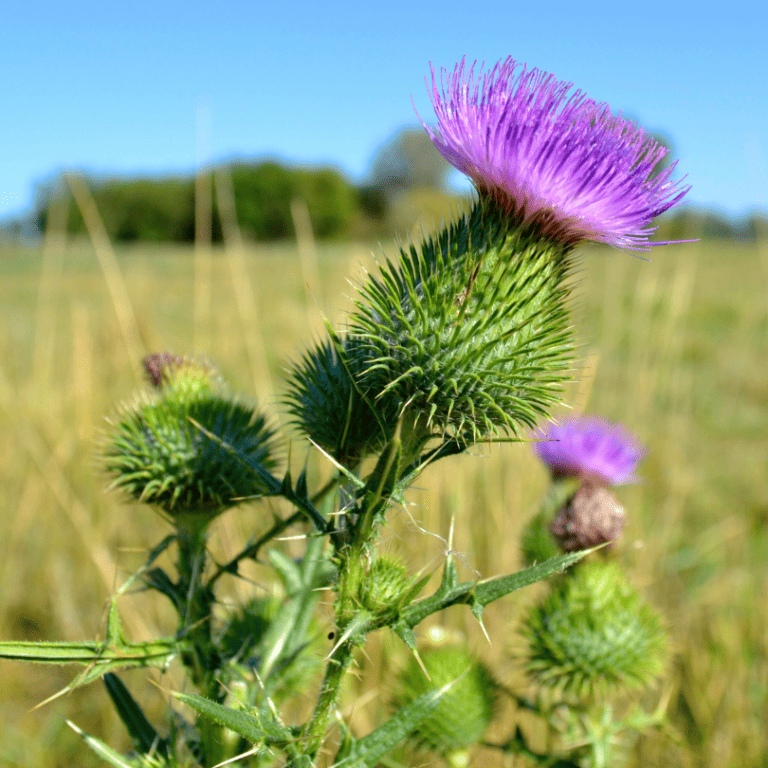
6. Californian Stinkweed
